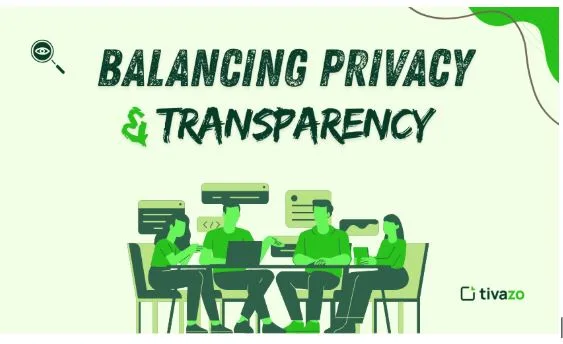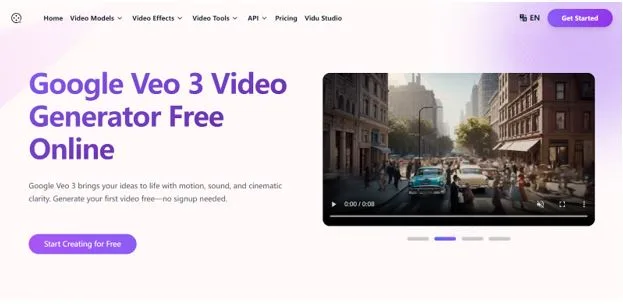Balancing Privacy and Transparency: How to Implement Ethical Employee Monitoring
Within the digital work environment, there is a growing need for employee monitoring practices for organizations that want to manage productivity, enhance security, or supervise a remote or hybrid workforce.
However, employee monitoring often raises concerns about privacy and trust. The ethics of information workplace monitoring, particularly video and other forms of surveillance, can sometimes cause heated discussions about the ethics of monitoring employees while they perform their job duties.
The success of employee monitoring lies not just in the technology and monitoring process but in thinking through how to balance transparent monitoring while also allowing an employee’s rights to privacy and dignity.
The Growth of Employee Monitoring in Today’s Workplaces
As remote work and flexible hours have become more common, traditional methods of supervision have become less viable. Organizations are now turning to sophisticated monitoring applications designed to measure work hours, productivity, and overall work team functioning. One example is Tivazo, which, among other things, offers real-time time tracking, the ability to monitor screenshots, a performance heatmap, and detailed reports that can help managers gain insights into employee behavior.
Although these categories of tools might support organizations in improving workflow and accountability, they can also bring to light concerns around employee privacy. Intrusive or non-transparent monitoring can lead to employee dissatisfaction, reduce morale, and, in some cases, create legal issues depending on the monitoring. Balancing these competing needs requires the organization to take thoughtful, strategic action.
The Principles of Ethical Employee Monitoring
Ethical employee monitoring is rooted in three core principles: transparency, privacy, and security of data
- Transparency: Open Communication Instills Trust
Transparency in monitoring practices is critical for securing employee buy-in. Leadership should clearly communicate what is being monitored, how the data will be used, and the objective behind it. Policies should be documented and provided to employees at onboarding, and shared during the employee’s onboarding and ongoing communication.
Transparency helps to decrease employees’ fears that it is simply a lack of trust and instead reaffirms that the monitoring is designed to enhance productivity and support business outcomes. Increases in transparency will also help to safeguard against fears that monitoring will be used for unethical tracking or abuse.
- Respect for Privacy: Monitoring with Limits
Ethical monitoring should keep employees’ individual privacy in mind. Monitoring tools like Tivazo include customizable screenshot masking features that allow sensitive information to be masked or hidden. This monitors only the professional work and does not infringe on personal space.
Employers should clearly communicate what data may and may not be collected and refrain from using monitoring practices deliberately intrusive, such as spying through a constantly turned-on webcam (in the case of remote workers) or monitoring off-duty behavior.
- Data Security: Protecting the Integrity of Information
Protecting the information you collect is important for bolstering employee confidence. Employers should utilize maximum encryption and access protocols to ensure that monitoring data is only reviewed by those who have access to it.
For example, your data is bank-grade protected on Tivazo, utilizing a 256-bit SHA encryption to protect sensitive information from exposure or unauthorized use.
Practical Steps Approaching Ethical Monitoring
- Engage Employees in the Process
Early on, engage your teams to discuss the positive aspects of the monitoring data and any potential concerns that may arise. Empower your teams to give their input about monitoring policies and consequently build monitoring practices that meet employees’ expectations and legal limitations.
- Establish Explicit Monitoring Purpose
Establish explicit and direct objectives surrounding the purpose of monitoring goals. For example, monitoring can be useful for project tracking, applicable to a remote team lead, or to improve payroll processing. Don’t collect more than the minimum data than is needed.
- Utilize Tools with Thought
Think about using recording, monitoring, tracking, and analysis software and hardware that can give you flexibility, privacy options, and transparency in how these functionalities work. Tivazo is an example of using real-time tracking software while also giving employees privacy options and keeping an eye on both supervisors and employees in the monitoring.
- Continuously Review & Update Policies
Monitoring practice evaluation must account for changing legal standards, changing technology, and specific team feedback. Leveraging team feedback to enhance the overall fairness and effectiveness, and compliance of the practice.
Advantages of Ethical Monitoring
Ethical monitoring of your employees can result in numerous benefits when done intentionally.
- Greater Productivity: The expectations and insights into performance help your employees maintain their focus and efficiency.
- Better Trust and Morale: By disclosing the monitoring, you are fostering workplace trust and respecting your employees rather than creating a culture built on suspicion.
- Informed Decision Making: Reliable information supports better management and decisions about resource allocation.
- Reduced Risk: Ethical monitoring provides evidence against security breaches and workplace violations.
Conclusion
In a time where many jobs are now digital and distributed, employee monitoring presents great value as well as an ethical issue. Finding the right balance between privacy and transparency is not just ethical, it’s actually a prudent strategy. If you are transparent about your practices, protect personal privacy and data security, you can get the most from your employees’ monitoring technologies. Specifically, tools like Tivazo are intended to provide greater productivity, trust, and respect in the workplace. Ethical monitoring of employees is not just “monitoring,” it’s the framework under which your entire organization and employees grow fairly with transparency.
As an employer or employee experience manager, if you want to implement or improve employee monitoring, focus on preserving privacy and transparency in the process. Tivazo is a comprehensive time tracking and employee productivity platform that allows businesses to track time and productivity without placing employee dignity at risk, supporting balance in the unstable workforce of today.
FAQ’s
What is Tivazo?
Tivazo is an employee monitoring software that operates as a Software as a Service (SaaS), which allows businesses to monitor work hours, productivity level, and project status in real-time on various OS: Windows, Mac, and Linux.
Does Tivazo protect employee privacy?
Certainly, Tivazo has privacy features such as allowing the user to mask screenshots to protect sensitive data, all while tracking employees in total transparency with respect to their privacy.
Can I use Tivazo for remote team management?
For sure, with benefits like live tracking of work-related activity, monitoring of idle time, alerts when employees are not working, and reports to help increase productivity.
Is there a free plan for Tivazo?
Yes! Tivazo has a plan that is free for life for up to 10 members, and premium plans for larger teams and features.





